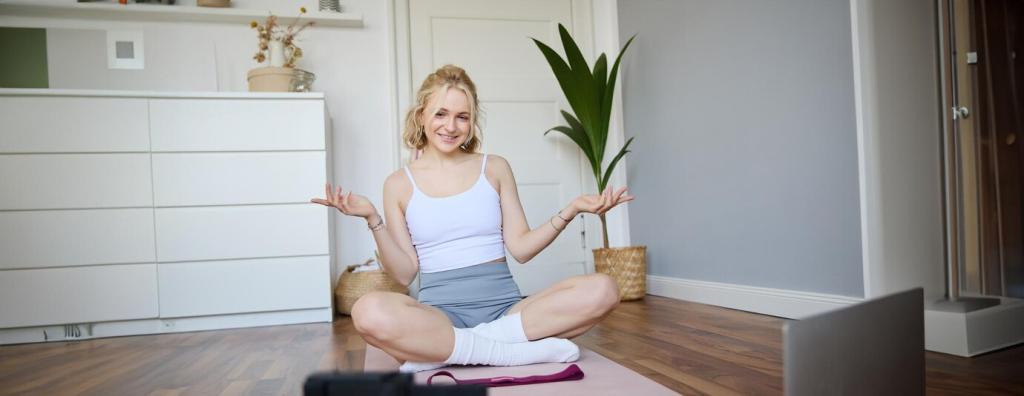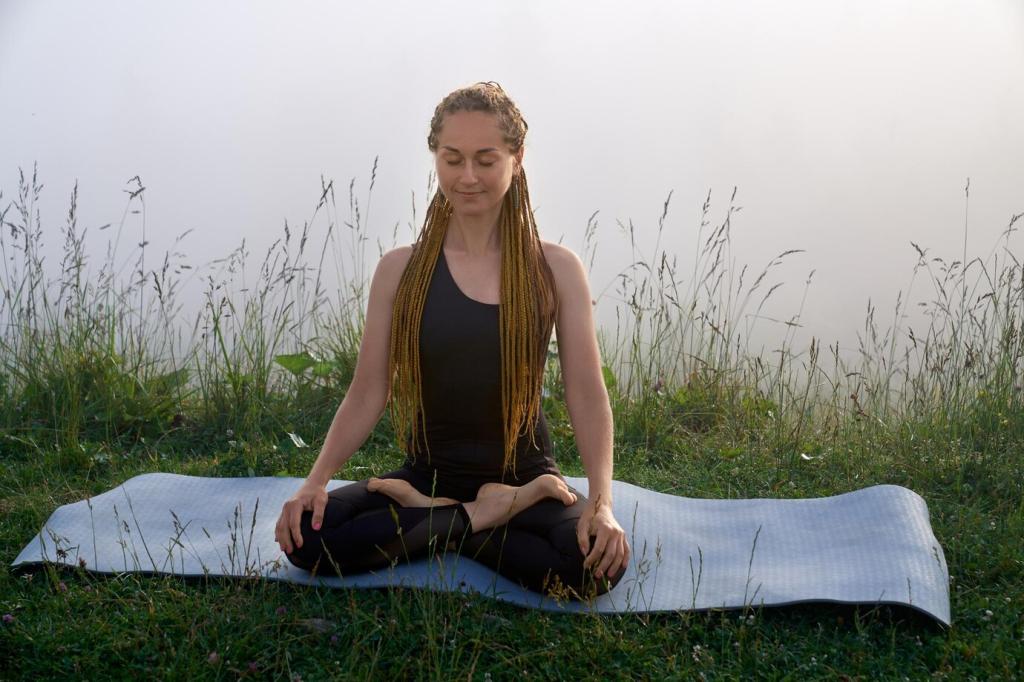Visualization Meditation Techniques for Starters
Chosen theme: Visualization Meditation Techniques for Starters. Begin a calm, encouraging journey into imagery-based meditation with simple steps, friendly science, and real stories. If this theme speaks to you, leave a comment about your first visualization attempt and subscribe for weekly beginner-friendly practices.
Why Visualization Works for Beginners
Research in sports psychology shows that mentally rehearsing a movement activates neural pathways similar to physical practice. For beginners, that means visualization can gently train attention without strain, creating a soft entry into regular meditation.
Setting the Scene: Space, Posture, and Breath
Craft a Simple Space
Choose a spot with soft light, minimal clutter, and a cue you love, like a plant or small candle. Simplicity helps beginners feel welcome, so your mind can wander less and your images can bloom more easily.
Comfortable Posture, Relaxed Body
Sit on a chair with both feet grounded or on a cushion with a gently tall spine. Soften your shoulders and unclench your jaw. A stable, relaxed posture reduces fidgeting and makes visual scenes feel steadier.
Breath as the Anchor
Begin with three slow breaths: inhale for four, exhale for six. Let breath lead the pace of your visualization, like a gentle narrator. When attention drifts, return to the exhale and re-enter your chosen scene.
Core Techniques to Try This Week
Imagine breathing in a calming color, like soft blue, and exhaling a cloudy gray of stress. With each breath, let blue spread through shoulders, chest, and belly, inviting ease and steady focus into your body.
Core Techniques to Try This Week
Picture a place where you feel secure—perhaps a forest path, ocean cove, or quiet library. Notice textures, sounds, and temperature. Return to this sanctuary whenever your mind feels noisy, and linger there for gentle restoration.
Engage Your Senses like a Storyteller
Notice light, color, and shapes; add soft sounds like rustling leaves or gentle waves; feel warmth on your skin or the seat beneath you. Sensory detail helps beginners stabilize attention and stay with the scene longer.

Engage Your Senses like a Storyteller
Scent is powerful for recall. Imagine pine, citrus, or fresh rain to deepen presence. Add a taste, like cool mint tea. These subtle layers can gently anchor wandering attention and make your imagery feel personal.

Overcoming Hurdles and Wandering Minds
Try words and feelings instead. Describe your scene internally, then welcome small sensations, like warmth or weight. Over time, faint visuals often appear naturally. Patience and gentle curiosity are the true practice.

Micro-Sessions and Stacking
Pair a two-minute visualization with existing routines: after brushing teeth, before opening email, or during a commute pause. Short, reliable moments compound benefits without pressure, helping beginners stick with the practice.

Gentle Tracking That Motivates
Use a simple calendar mark or notes app to record minutes and mood. Look for patterns, not perfection. Seeing accumulated effort can be surprisingly encouraging and keeps your curiosity alive week after week.

Community and Sharing
Post your favorite imagery detail in the comments—color, place, or feeling—and read others for fresh ideas. Subscribe for new beginner scripts each week, and invite a friend to try a five-minute session with you.
